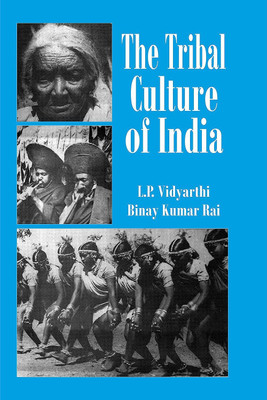The Tribal Culture Of India(Paperback, I.P. VIDHYARTHI/BINAY KUMAR RAI)
Quick Overview
Product Price Comparison
Introduction to Second Edition THE tribal culture blooms in the isolated highlands and forests of India. Computed to 39 million at the time of 197I Census the tribal population inereased to 52 million in 1981 with the Amendment Act of 1976 when the area restrictions within a state were removed. Thus over seven per cent of India's total population follows a distinct life style identified as tribal culture. It is tied up with land and forests and characterised by their own language and heritage, love for freedom and self-identity, Our anthropologists and development planners take cognizance of the tribal tradition and way of life lest the overwhelming non-tribal culture swamps their pristine, grass-root culture. Successive Five Year Plans, aimed at bringing the fruits of planned development to the tribal areas and their inhabitants, have taken speeial care to protect and preserve the tribal culture. The Sixth Five Year Plan, 1980-85, which includts a series of sub-plans for tribal areas, states, "Tribal identity and the tribal way of life will be preserved in a manner consistent with their aspirations for development." (Chapter 26, 26:13) The Approach to the Seventh Five Year Plan, 1985-90, mentions in no uncertain term, "In tribal areas, where the tribal economy revolves around forests and forest-based produce, the forestry-based programmes have to be so devised as to be in consonance with the socio-economic fabric of tribal culture and ethos." (Part II, p. 11) Since independence, we have actively thought of and planned for the upliftment of our tribal people. The late Prime Minister Jawaharlal Nehru gave serious thought to the problems of tribal welfare and sugge- sted his own enlightened approach, "to develop the tribals along the lines of their own genius" and expressed his disapproval of the "false idea to call some people primitive and to think of ourselves as highly civilised," For the past 35 years the Union and the State governments have made efforts to raise the level of tribal living at par with the other citizens. The plans and programmes formulated for their development can be found in the annual reports of the Commissioner for Scheduled Castes and Scheduled Tribes from 1950 onwards, the report of the Backward Classes Commission 1955, the report of the Study Team on Social Welfare of Backward Classes 1959, the roport of the Committce on Special Multi-purpose Tribal


